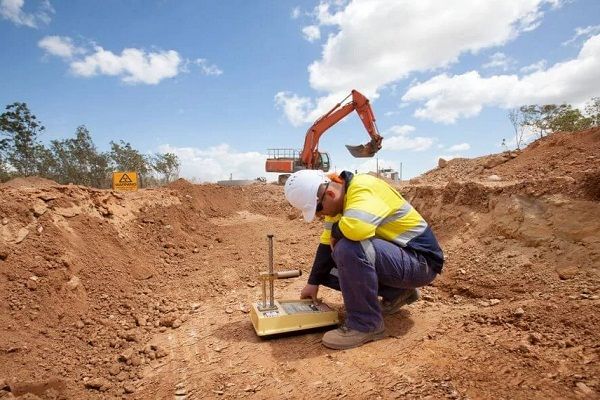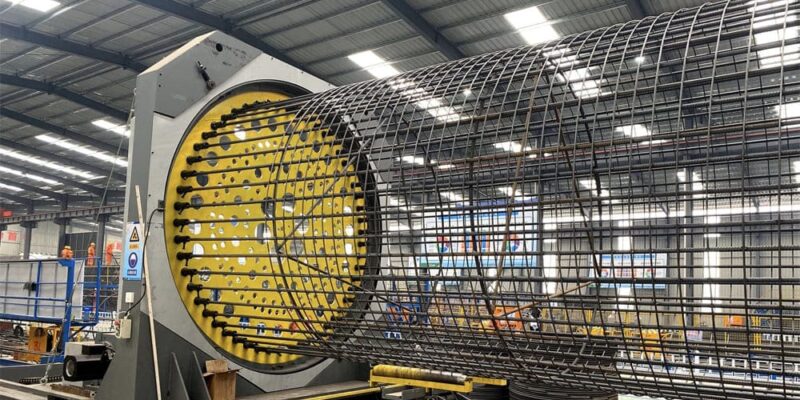The primary way post-tensioning bars improve the load-bearing capacity of concrete structures is by enhancing their flexural strength. Flexural strength refers to a member’s ability to resist bending moments and deflections under loading. In a post-tensioned concrete beam or slab, the compressive forces introduced by the tensioned bars create an uplift effect that counteracts the downward deflections caused by the applied loads. This uplift effect reduces the tensile stresses in the bottom fibres of the concrete member, which are the most vulnerable to cracking. By keeping the concrete in a state of compression, post-tensioning allows the member to resist higher bending moments and support greater loads without experiencing excessive deflections or cracking.
Increasing shear resistance
In addition to improving flexural strength, post-tensioning bars also enhance the shear resistance of concrete members. Shear stresses occur when two parts of a member slide past each other, leading to diagonal cracking and potential failure if not adequately addressed. Post-tensioning bars help to increase shear resistance in two ways. The compressive forces introduced by the bars create a clamping effect that helps to resist the sliding tendency between different parts of the member. Second, the bars act as shear reinforcement, providing additional resistance to diagonal tension and cracking. By enhancing shear resistance, post-tensioning bars allow concrete members to support higher loads and span greater distances without experiencing shear failures or excessive diagonal cracking.
Optimizing material usage
Post-tensioning bars also contribute to the optimization of material usage in concrete structures. By improving the load-bearing capacity and allowing for longer spans and thinner sections, post-tensioning enables designers to create more efficient and economical structures. With post-tensioning, the same load-bearing capacity can be achieved with less concrete and reinforcement compared to traditionally reinforced members. Reducing material use results in cost savings and environmental benefits since concrete and steel are produced and transported with less carbon footprint.
Enhancing structural performance

Using post-tensioning bars significantly enhances the overall structural performance of concrete elements. Post-tensioning strengthens structures by enhancing load-bearing capacity, minimizing deflections and cracks, and increasing durability. This enables buildings and infrastructure to support heavier loads, span longer distances, and remain structurally sound for extended periods. It is especially valuable in bridges, parking garages, and high-rise buildings, where maintaining strength and resisting long-term wear is essential. Post-tensioning bars provide a reliable and efficient solution for achieving these performance requirements while optimizing materials and construction resources.
Structures post-tensioned
While post-tensioning bars offer numerous benefits, their successful implementation requires careful design considerations and attention to detail. The design of post-tensioned structures involves determining the appropriate level of precompression, selecting the suitable size and configuration of tendons or bars, and ensuring proper anchorage and protection against corrosion. Working with experienced professionals with the necessary expertise in post-tensioned design and construction is essential. Choosing the correct post-tensioning system, installing it, and maintaining it will ensure the structure’s safety, durability, and long-term performance.
Post Tensioning Barsare a powerful tool for improving the load-bearing capacity and overall performance of concrete structures. By introducing compressive forces and providing additional reinforcement, post-tensioning enhances flexural strength; increases shear resistance, reduce cracking, and improve durability. These benefits enable the creation of more efficient, economical, and sustainable structures that withstand higher loads and span greater distances.








Comments